#joan leaven
Text
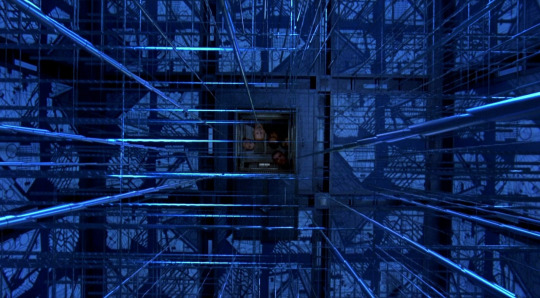
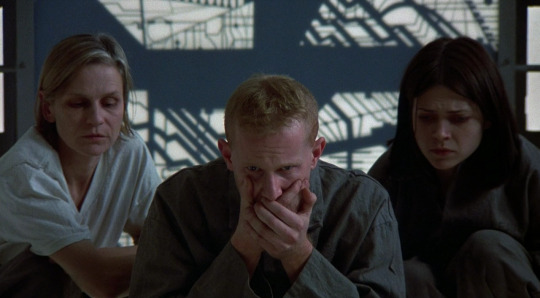
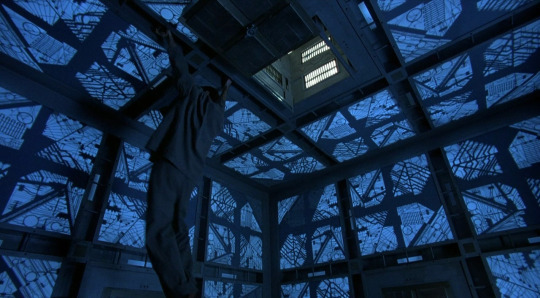


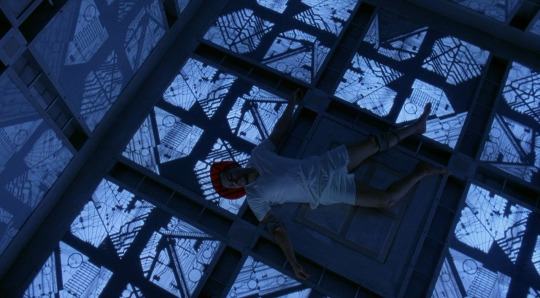
c u b e, 1997 🎬 dir. vincenzo natali 'Blue Room'
#film#canadian cinema#sci fi horror#cube#cube 1997#vincenzo natali#andrew miller#david hewlett#maurice dean wint#nicole de boer#nicky guadagni#Kazan#David Worth#David HewlettQuentin McNeil#Joan Leaven#Dr. Helen Holloway#Blue Room
125 notes
·
View notes
Text
why aren’t more homosexuals going insane over worth and leaven from cube (1997) ? annoying gay/lesbian solidarity!
22 notes
·
View notes
Text
★ ROUND 1 ★

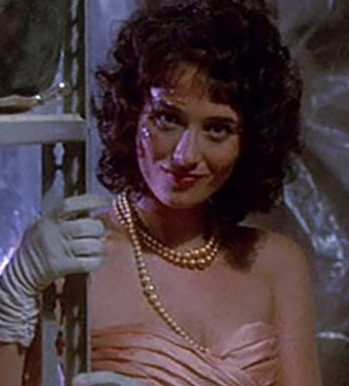
#character poll#character tournament#joan leaven#cube 1997#nicole de boer#mary lou#mary lou maloney#hello mary lou: prom night ii#lisa schrage
54 notes
·
View notes
Text

#joan leaven#leaven#nicole de boer#nicole deboer#cube#cube movie#cube 1997#cube film#<- user submitted tags#could they survive danganronpa
0 notes
Text

Nicole De Boer Cube (1997)
0 notes
Note
I somehow never got around to Amis* despite the overwhelming Anglophilia of the milieu that produced me: I probably should have read him in college, but I was too busy reading the Victorians and postmodernists. His love for Bellow and Nabokov is intriguing though- i’ve often thought that one of the main weaknesses of *American* literature is the opposite tendency, a predilection for periods of extended self-loathing about the fact that we can’t really produce these intricate and elegant novels of settled hierarchal society the way that the English can- so I’m curious to know what the opposite looks like. And yes, the downbeat stuff on MLIR, Parklife and The Great Escape is generally the best Blur (although I dig the upbeat stuff too!)
*father or son!
Right, the complex that starts with Henry James's book on Hawthorne, is carried through those midcentury critics I mentioned in our James-Melville conversation (as well, significantly, both Gore Vidal and Joan Didion), and extends to the late-20th-century laments over the absent social novel of both Tom Wolfe and Jonathan Franzen. The historian-journalist streak, as opposed to the poet-prophet—except that, as we established, both Melville and James are large enough to contain both.
One way to see Amis and his cohort, again with a pop music analogy, is as the literary version of the British Invasion: American "rock" with its diverse influences (mainly Jewish rather than black, in the novelistic case as opposed to the musical) reimagined through the lens of post-imperial Britain. Here they differ from the later and belated phenomenon of Britpop, with its initial nationalist riposte to America's indie-grunge turn, deliberately de-Amerifying rock.
Thomas Meaney, reviewing Inside Story when it came out, distinguished Amis's style from the English realist tradition and made the Bellow-rock connection:
The magnetism of Bellow for Amis’s generation of English writers is well attested: Hitchens, Ian McEwan, and later Will Self and James Wood, all found something in Bellow’s high-calorie sentences that they couldn’t get at home. It was perhaps, above all, the permission to dispense with the rationed intensity of good mid-century British prose – the clean, spare, simplicity of George Orwell’s diction that reached its apotheosis in VS Naipaul and has been gently ironised by Kazuo Ishiguro.
Amis ran farther than any of his peers in the opposite direction: towards a maximalism that he has never abandoned or so much as questioned. His head-swaying to American street-wise rhythms, albeit leavened by English classicism, is the literary version of Mick Jagger crooning “Hoochie Coochie Man” at the Checkerboard Lounge with Muddy Waters, or Daniel Day-Lewis, son of Cecil, shouting, “I will find you!” in deerskin breechcloths under a waterfall in The Last of the Mohicans.
Other than Austen—a genius and so above rules or considerations of taste—the English social novel doesn't interest me much either; I've never gotten anywhere with Thackeray or Trollope, mildly dislike Fielding, cheer on Woolf's polemic against Bennett. I prefer their Romantic visionary prose tradition, which, in figures as distinct as the Brontës and Dickens, as Woolf and Lawrence and Forster, turns what appear to be social novels into myths and gospels. On this basis, I've never read Kingsley either; he doesn't really seem to "export." Martin, however, loved Fielding and Austen and has a definite undertow of the traditional English satirical social novel (Meaney's "leavened by English classicism") for all the visionary coloration he borrows from inherently aclasscal Americans.
Anyway, the chapter I'm now writing in Major Arcana, one of the last, is titled "Et in Arcadia Egirl," so I should probably stop pretending I am not also in part writing a satirical social novel.
2 notes
·
View notes
Photo

Naomi Watts and Matthew McConaughey in The Sea of Trees (Gus Van Sant, 2015)
Cast: Matthew McConaughey, Naomi Watts, Ken Watanabe, Katie Aselton, Jordan Gavaris. Screenplay: Chris Sparling. Cinematography: Kasper Tuxen. Production design: Alex DiGerlando. Film editing: Pietro Scalia. Music: Mason Bates.
For a movie that attempts a "feel-good" ending, The Sea of Trees sure does spend a lot of time making you feel bad, from the moment its grim-faced protagonist, Arthur Brennan (Matthew McConaughey), arrives in Japan. He plans to kill himself in the "Suicide Forest" near Mount Fuji. But then he tries to help Takumi Nakamura (Ken Watanabe), a man he meets there, find his way out of the forest, and encounters all manner of hardships and injuries. There are also flashbacks to Arthur's troubled marriage and the death of his wife, Joan (Naomi Watts). We are plunged into one misery after another before a twist into fantasy convinces Arthur not only that life is worth living but also that love persists after death. Yet the misery dominates the tone of the film, despite three excellent actors and a well-regarded director, Gus Van Sant. Some of the blame must fall on the screenwriter, Chris Sparling, but mostly it seems to be a failure to leaven the material with anything that gives us a sense that the promise of its ending has been earned. One major problem is the miscasting of McConaughey, a very good film actor in roles full of wit and sass and energy, whereas what's called for in The Sea of Trees is a rather mopey romantic leading man. As hard as he works to make it plausible, his character in this film never rings true. But then not much else in the film does, either.
0 notes
Text

Cube characters rated by how cute they look while sleeping in a murder maze:
Quentin: -5/10 - he even manspreads in his sleep, how does he do it.

Worth: 10/10 - look at this curled up little man. i want to protect him.

Kazan: ?/10 - is he even asleep? just crunching those numbers nonstop

Leaven: 8/10 - not as cute as worth, but still endearing. she looks as if she fell, and didn’t bother getting up.

someone give these maze hobos mattresses
#cube 1997#im sorry i will stop posting but all of this has got me rewatching it now#cube movie#joan leaven#david worth#caro tag
185 notes
·
View notes
Photo
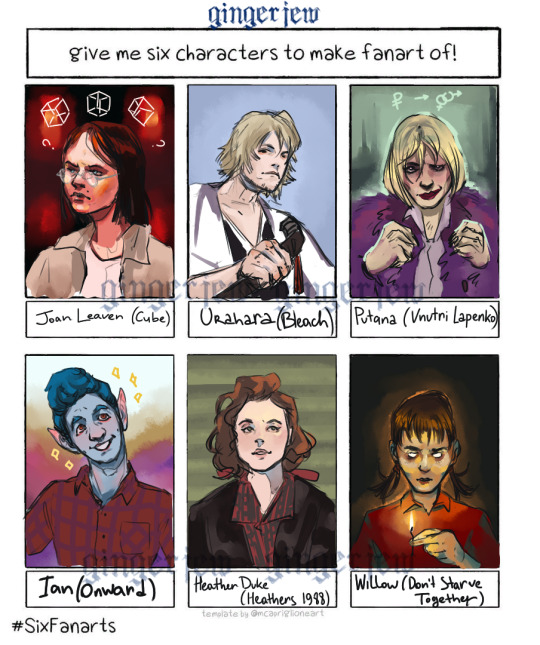


2020 six fanarts
from the oldest to the newest one
Me on DeviantArt | FurAffinity | VK
#sixfanarts#6fanarts#Cube#joan leaven#bleach#urahara#shinji hirako#vnutri lapenko#lapenko#внутри лапенко#лапенко#onward#ian#heathers#heather duke#don't starve together#willow#the umbrella academy#number five#Kingsman#eggsy unwin#the gentlemen#raymond#the magicians#margo#the chronicles of narnia#lucy pevensie#edmund pevensie#hotel transylvania#dragon age
4 notes
·
View notes
Text

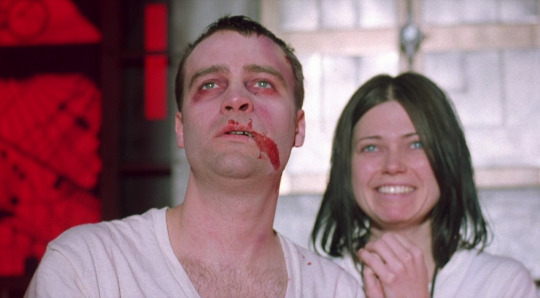
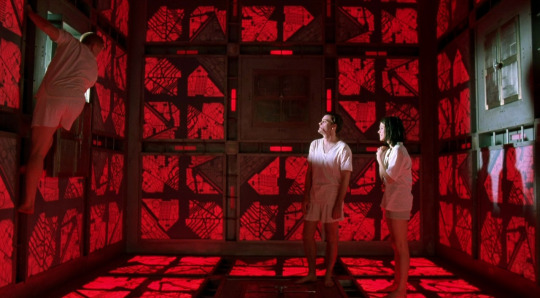




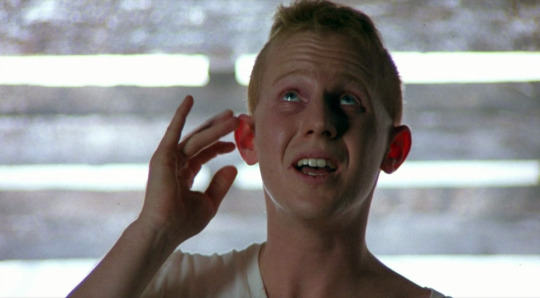
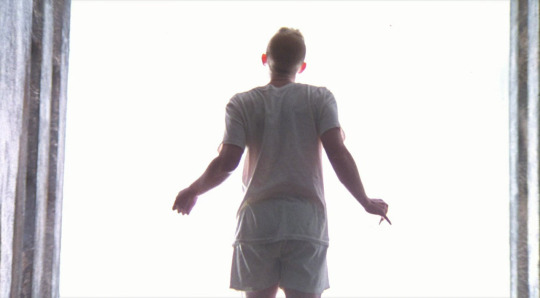
c u b e, 1997 🎬 dir. vincenzo natali 'Red Room/ Exit'
#film#canadian cinema#sci fi horror#Cube#cube 1997#vincenzo natali#andrew miller#david hewlett#maurice dean wint#nicole de boer#Kazan#David Worth#David HewlettQuentin McNeil#Joan Leaven#Red Room/ Exit
94 notes
·
View notes
Photo







Cube characters gif dump, ordered by the order of their appearance in the movie
For some reason this post got deleted or eradicated or simply missing from my blog, so I decided to remake these gifs, literally to where I remember I last made these gif scenes.
#cube#cube movie#vincenzo natali#julian richings#david hewlett#maurice dean wint#nicky guadagni#nicole de boer#wayne robson#andrew miller#leaven#quentin#kazan#joan leaven#quentin mcneil#gif
46 notes
·
View notes
Text
★ ROUND 2 ★


6 notes
·
View notes
Text
The Best Puzzle Solvers in Horror Movies
In today's blog post, we look at some of the most clever puzzlers in horror movie history!

[Image courtesy of Hayden Scott.]
Seven Halloweens have come and gone since I started writing for PuzzleNation Blog, and with an eighth one only a few days away, I’m writing a post about horror movies for the very first time.
Why did I wait so long, given the appropriate seasonal subject and the fact that I’m a huge horror movie buff?
Honestly, it’s mostly a matter of tone.
Horror movies by…
View On WordPress
#10 cloverfield lane#a nightmare on elm street#Bones#bret#cenobite#clarice starling#cloverfield#crossword mysteries#cube#diana#elm street#erin#Escape room#Halloween#hannibal lecter#hellraiser#horror#horror film#horror movie#joan leaven#kirsty cotton#lament configuration#leaven#Lights Out#michelle#nancy thompson#NCIS#ncis new orleans#new orleans#puzzle box
0 notes
Text
Welcome to WIP Wednesday, where I talk about abandoned WIPS I found lurking about in my Google Docs!
First up, Hexus Vald!
Hexus Vald was basically this story where 6 people were teleolported into this strange multidimensional complex called...the Hexus. They'd basically be forced to make their way through.
If one or all of them died, they'd basically have to start all over, with a new arrangement of mini dimensions to go through.
This story was heavily character-driven, with a focus on human nature. There are others in the Hexus as well, fighting to survive. And the main group had to make many a selfish choice to get by. One character, Uno, is characterized by his selfishness compared to the others' selflessness.
As you can see, it's very heavily inspired by the Backrooms and the Cube. One character, Emilia, was inspired by Joan Leaven from the first Cube film in 1997. If you haven't, go watch Cube, amazing.
In the end, it was something I had high hopes for, but eventually stopped working on because I was, and am, more interested in Tolkienesque fantasy, as opposed to a sci-fi Kafkaesque piece.
All in all 10/10, might start working on again.
1 note
·
View note
Photo
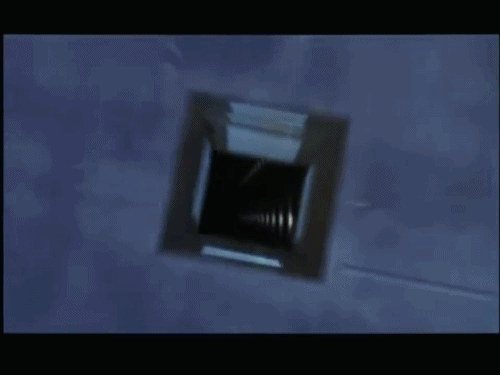
September 9, 1997 - Cube premieres at the Toronto International Film Festival.
The Canadian sci-fi horror film was written by André Bijelic, Graeme Manson and Vincenzo Natali. Natali also directed the film. It starred Nicole de Boer, Nicky Guadagni, David Hewlett, Andrew Miller, Julian Richings, Wayne Robson and Maurice Dean Wint.
The characters are named after real prisons around the world. Both Joan Leaven and David Worth are named after Leavenworth prison in the US. Kazan is named after the Kazan Prison for the mentally ill in Russia. Quentin McNeil is named after San Quentin State Prison in the US. Alderson is named for the Alderson Federal Prison Camp in the US. Rennes is named after the Centre pénitentiaire de Rennes in France. Finally, Dr. Helen Holloway is named after the Holloway Women’s Prison in the UK.
#cube#1997#cube 1997#1990s#90s#90s horror#horror movie history#horror film history#horror history#canadian horror#horror#horror movie#horror movies#this day in film history#today in film history#movies#movie#film#films#september 9#ftvhistory
55 notes
·
View notes



